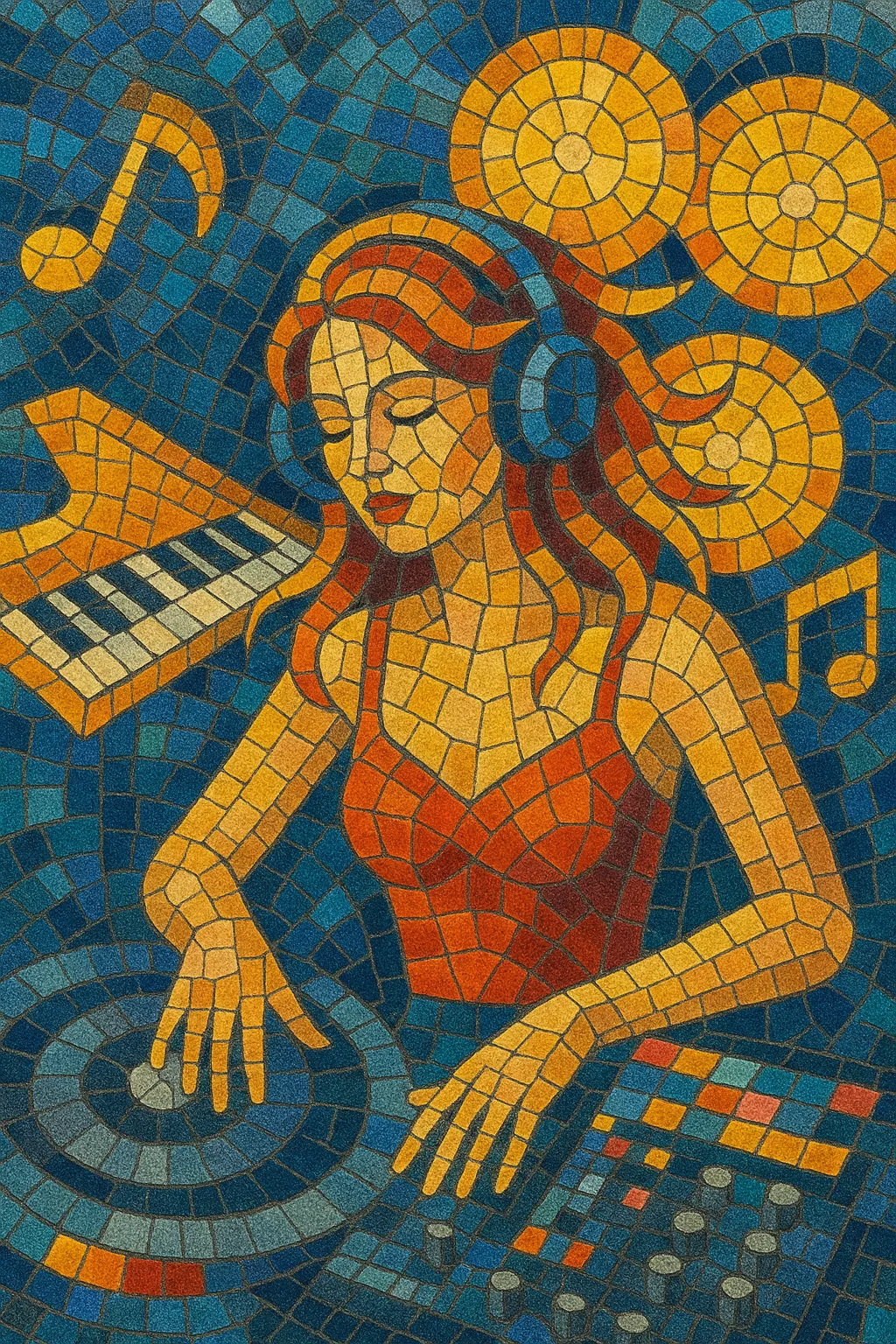Euro house is a commercially oriented branch of house music that crystallized in continental Europe in the early 1990s. It blends the four-on-the-floor rhythms and club structure of house with the glossy melodies, big hooks, and pop accessibility of European chart music.
Characterized by bright piano/organ stabs (often from the Korg M1), prominent diva-style vocals or chant-like hooks, punchy 909/808 drum programming, and uplifting chord progressions, euro house aimed squarely at radio and mainstream dancefloors. It often overlaps with early Eurodance, but tends to keep closer to straight house grooves and fewer rap verses.
The style was driven largely by Italian, German, Belgian, and British producers and labels, delivering high-energy tracks that translated equally well to clubs, TV music shows, and pan-European charts.
Euro house emerged as European producers absorbed U.S. house (especially Chicago house) and fused it with the melodic sensibilities of Italo disco/Italo house and the driving energy of Hi-NRG. Belgian new beat’s club infrastructure and pan-European compilations helped spread a distinctly European approach to house: clean, catchy, piano-led, and chorus-forward.
Italian and Belgian teams led the first wave onto charts. Black Box, 49ers, and Cappella pioneered the piano-house blueprint, while Technotronic and Snap! brought hip-house elements into a Euro-friendly package. The use of romplers (Korg M1 pianos/organs, JV-series strings) and classic 909/808 kits gave euro house its instantly recognizable sheen. As the sound dominated radio and compilations, it overlapped with the early phase of Eurodance.
As Eurodance grew bigger, euro house continued as its straighter house cousin: fewer rap verses, more diva vocals and chant hooks, steady 4/4 drive around 125–130 BPM. UK acts like K.W.S. and producers across Germany and Italy kept the formula fresh with brighter arrangements and bigger breakdowns. The sound influenced pop-facing club music across the continent and informed later commercial dance trends.
Euro house set a template for sing-along, piano-driven club hits and helped normalize house music on mainstream European radio. Its DNA can be heard in Eurodance, Euro-trance, 2000s Hands Up, and bubblegum dance, as well as in periodic revivals of 90s piano-house aesthetics in contemporary pop and club music.


